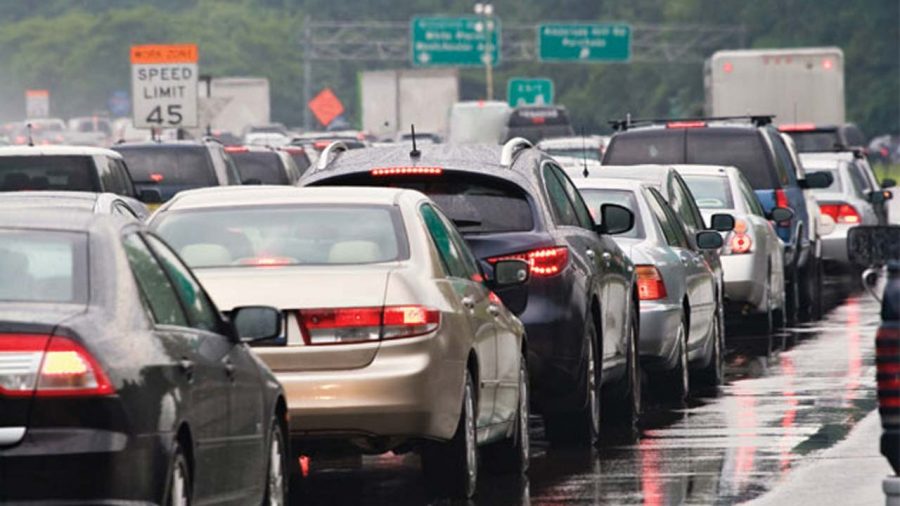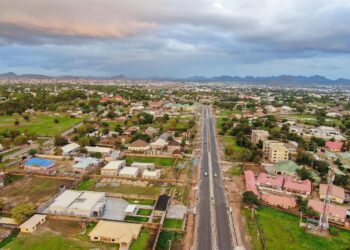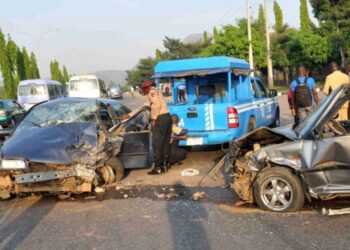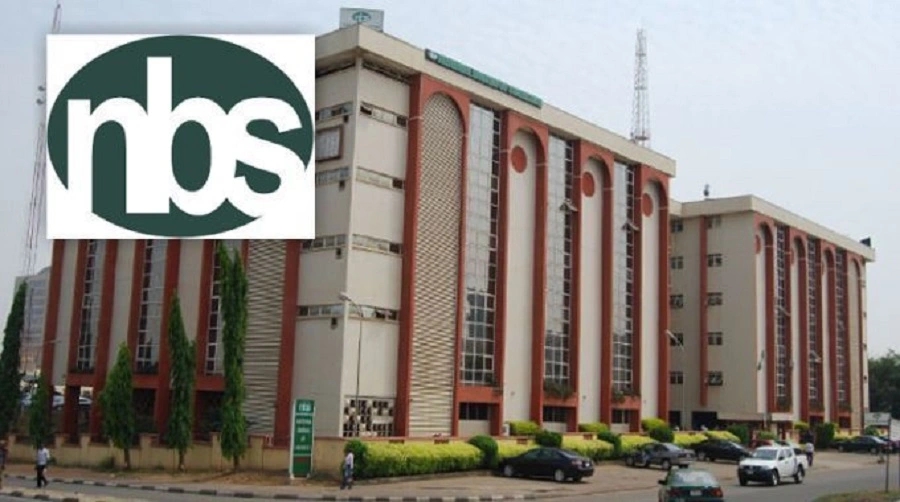Latest figures from the National Bureau of Statistics (NBS) have shown that there were about 11.8 million licensed cars on Nigeria’s roads as at Q4 2018, compared to 11.6 million in the corresponding period of 2017.
According to the report, Nigeria witnessed a 2% increase in the number of licensed cars year on year; that is between Q4 of 2018 and Q4 2017, respectively.
With an estimated population of 198 million, Nigeria’s vehicle per population ratio is 0.06. Similarly, the Bureau’s report shows that 630,868 drivers’ licenses were produced in 2018.
Basic Highlights
- As at Q4 2018, commercial cars recorded the highest numbers of licensed cars on Nigeria’s roads, having made up 41% of the total cars.
- Diplomatic cars recorded the least number of licensed cars, constituting of just 0.05% of the total licensed cars in Nigeria.
- A total of 185,883 national drivers licenses were produced in Q4 2018
- The number of recorded fresh licenses was 75,446, while the number of renewed licenses and reissued licenses stood at 14,802
- Number plate production was put at 135,505 in Q4 2018.
- Lagos and FCT produced the highest number of drivers’ licenses in Q4 2018
- Zamfara and Kebbi States produced the least numbers of national drivers’ license in Q4 2018.
One Car for every six people in Nigeria – Note that while the number of cars may have increased as at the fourth quarter of 2018, the reported increase in Nigeria’s population suggests the 2% increase is not a big deal. With Nigeria’s population pegged at 198 million, the figure implies that the country has only one car per six Nigerians.
Lagos leads states with highest number of driver’s license produced – Lagos State recorded the highest number of Driver’s licenses produced. In Q 2018, 42,402 licenses were produced, representing 22.8% of the total licenses produced.
Also, Abuja (FCT) and Oyo ranked second and third respectively with the highest number of driver’s license produced. FCT recorded 20,573 (11.1%) wile Oyo recorded 11.757 licenses representing 6.3% of the total licenses produced with the period under review.
However, Zamfara, Kebbi, and Yobe recorded the lowest number of licenses issued, with Zamfara (367), Kebbi (371 and Yobe (475).
Road accident Victims up by 19% – The number of people involved in Road accident in 2018 increased by 19% in Q4 of 2018. According to the report, in Q4 2018, the number of people involved in road accident increased to 18,729, as against 15,696 people in Q4 2017. This represents a 19% increase in the number of road accidents Victims in Nigeria.
Most vehicles involved in road accident were Cars – The report further showed that out of 3,495 vehicles involved in road accidents in Q4 2018, cars recorded the highest number with 1,312. This is followed only by Minibus recording 821. Motorcycle recorded 747, while trucks involved in road accident were 460. The number of Tankers was 85 while Trailer recorded 182.
The implications- According to Bernstein’s Report, the total number of cars on the road around the world and kilometres flown in planes will nearly double by 2040. Cars are projected to reach the two billion mark by 2040, while air travel kilometres are set to hit 20 trillion in the same period.
One of the economic impacts an increase in the number of cars has on the Nigerian economy is that more jobs will be created for automakers and car dealers. Although the Nigerian-based auto industry jobs have declined for several decades now, thousands of Nigerians still make a living designing, building and selling cars
Beyond the initial purchase, every car continues to cost its owner money, hence, leading to a broader economic impact. For instance, cars require fuel, which itself constitutes a major expense. Regular maintenance and repair following an accident, along with car insurance, are all additional costs to car owners. It is also an opportunities for secondary businesses to thrive.
























